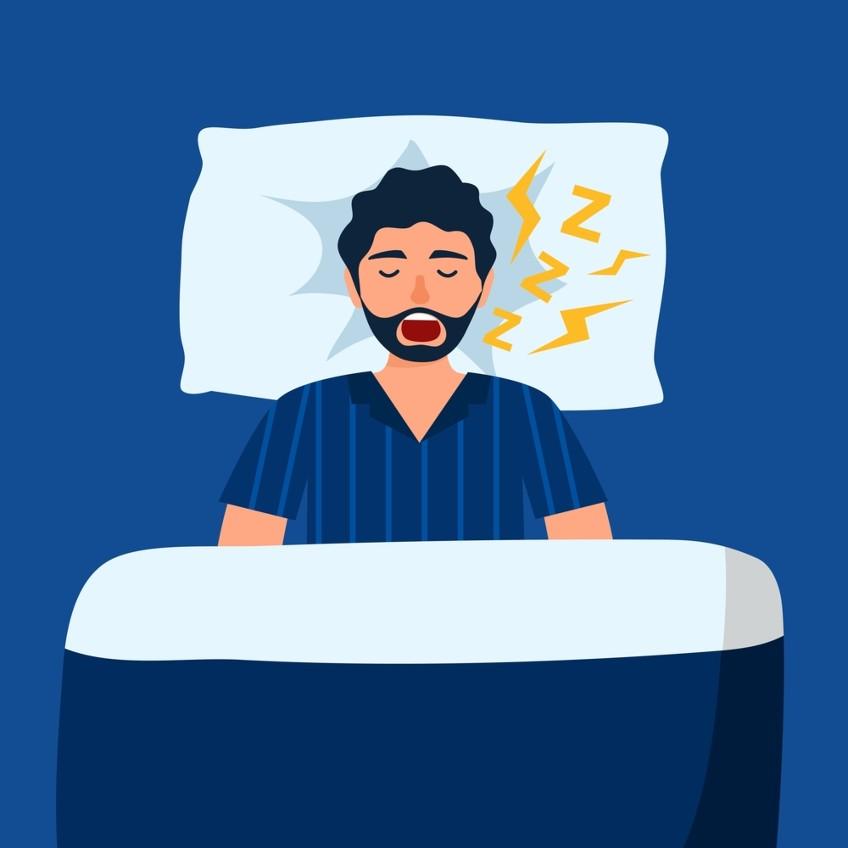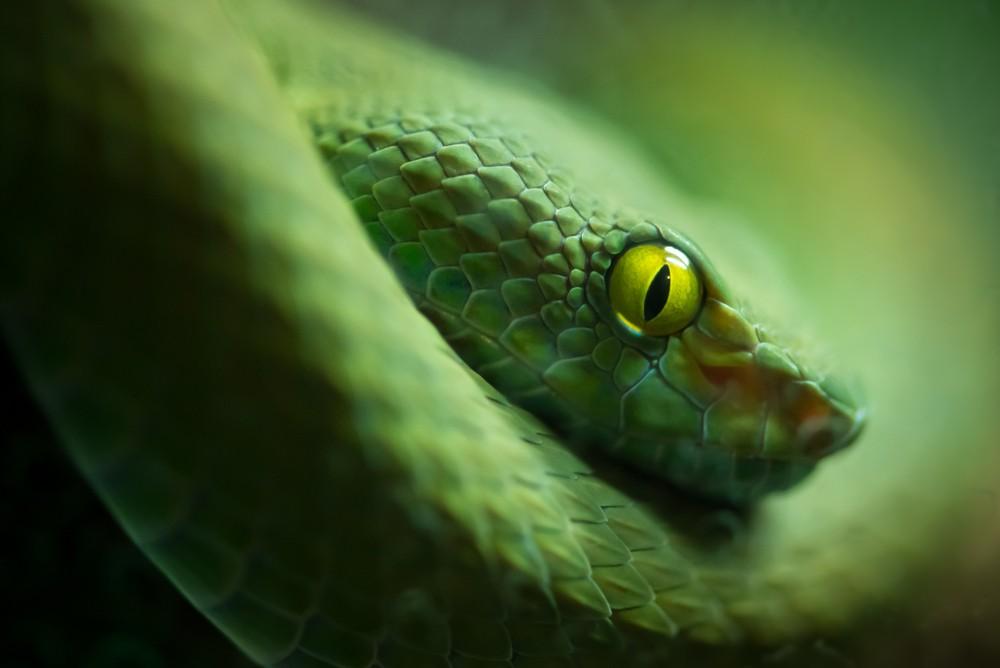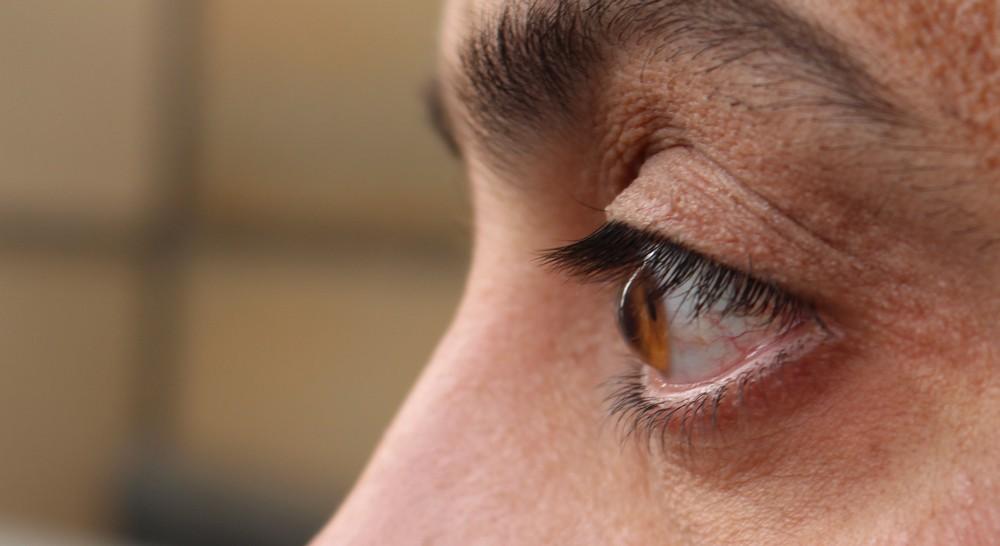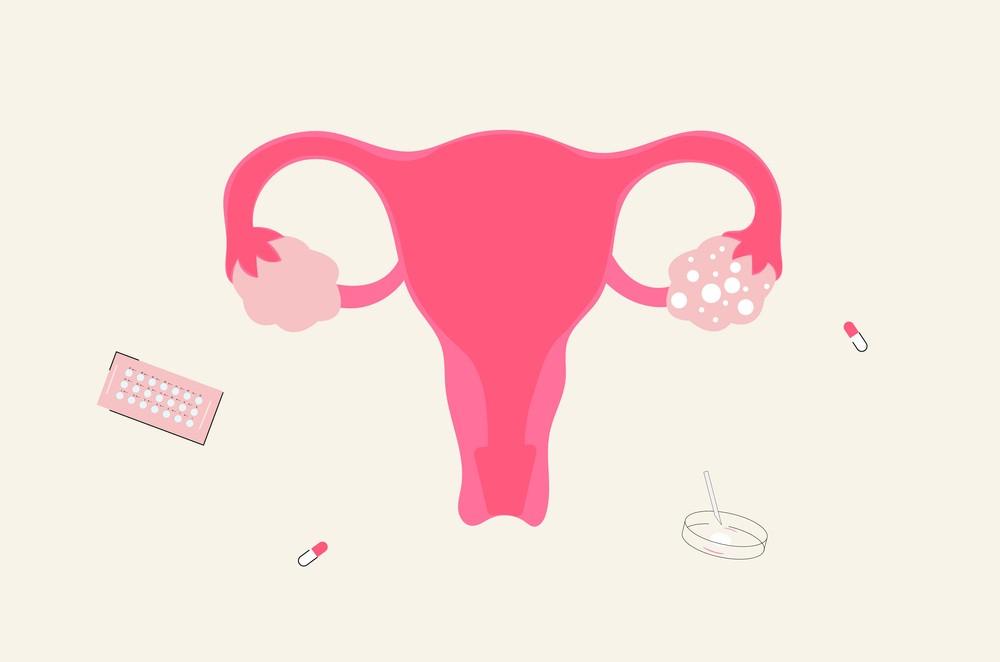
4 minute read
Keya Kundu, semester VI
Amblyopia (lazy eye)
Keya Kundu, semester VI
Advertisement
mblyopia, better known as lazy eye, is an eye condition where children have good or perfect vision in one eye and decreased vision in the other eye.A With one eye having better vision than the other, the brain starts to depend on the better eye and neglects the weaker one. Untreated lazy eye conditions may cause the brain to ignore any images it gets from the weaker eye in the long run. This may have an adverse impact on the child’s vision.
Causes
Many factors give rise to amblyopia. In many cases, doctors don’t know the cause of amblyopia. But sometimes, a different vision problem can lead to amblyopia.
Normally, the brain uses nerve signals from both eyes to see. But if an eye condition makes vision in one eye worse, the brain may try to work around it. It starts to ‘turn off” signals from the weaker eye and rely only on the stronger eye.
Eyes with amblyopia usually have some form of refractive error like astigmatism or myopia. Amblyopia can also be due to conditions like childhood cataracts that obstruct your child’s vision. Strabismus, or squinting, can also lead to amblyopia because the child’s eyes do not look in the same direction as they are not aligned.
Types
• Strabismic Amblyopia - Prolonged squinting of an eye in child results in uniocular suppression. The brain ignores the visual stimuli from the squinting eye to maintain a clear vision of the other eye and prevent diplopia. • Refractive Amblyopia - It includes three major cases. It is caused by the refractive error in the eye. A child can have different refractive status in both eyes. That can be either, Anisometropia, Isometropia or Astigmatism even after perfect alignment of the two eyes. • Stimulation Deprivation - This happens when something impedes the light to reach the retina. Congenital and traumatic cataracts, Corneal opacity, ptosis, covering the pupil are the major cause of stimulation deprivation.
Risk factors
Factors linked to a greater risk of amblyopia include: • Premature birth • Baby’s small size at birth or low birth weight • Previous family history • Developmental challenges in baby’s growth
Symptoms
Unfortunately, amblyopia may be challenging to detect at first because most children suffering from lazy eyes will not realize they have vision problems and thus do not voice their concerns out. The brain and the eye with better vision would compensate for the reduced vision in the other eye so well that it masks the amblyopia. Alternatively, the child may get used to having good vision in only one eye. Children who have well-aligned eyes may not have their amblyopia
noticeable. So the symptoms of amblyopia can be hard to notice. Kids with amblyopia may have poor depth perception — they have trouble telling how near or far something is. Parents may also notice signs that their child is struggling to see clearly, like: • Squinting • Shutting one eye • Tilting their head
In many cases, parents don’t know their child has amblyopia until a doctor diagnoses it during an eye exam. That’s why it’s important for all kids to get a vision screening at least once between ages 3 and 5.
What to detect?
If you notice your child squinting frequently, complaining of double or blurry vision, having crossed eyes, or tilting the head for better vision, your child may have lazy eyes. Compromised depth perception and problems with 3-dimensional viewing may be other indicators of amblyopia. Go for regular and timely eye check ups to detect amblyopia. Children should have their first eye check at 6 months old and at least once between the ages of 2 and 5 years. Above the age of 5, children who do not require glasses should go for an eye check every 2 years and for children who do wear glasses, once every year.
Treatment
If there’s a vision problem causing amblyopia, the doctor may treat that first. For example, doctors may recommend glasses or contacts (for kids who are nearsighted or farsighted) or surgery (for kids with cataract). The next step is to re-train the brain and force it to use the weaker eye. The more the brain uses it, the stronger it gets. Treatments include:
• Wearing an eye patch on the stronger eye. By covering up this eye with a stick-on eye patch (similar to a Band-Aid), the brain has to use the weaker eye to see. Some kids only need to wear the patch for 2 hours a day, while others may need to wear it whenever they're awake.
• Putting special eye drops in the stronger eye. A once-a-day drop of the drug atropine can temporarily blur near vision, which forces the brain to use the other eye. For some kids, this treatment works as well as an eye patch, and some parents find it easier to use (for example, because young children may try to pull off eye patches).
After your child starts treatment, their vision may start to get better within a few weeks. But it will probably take months to get the best results. After that, your child may still need to use these treatments from time to time to stop amblyopia from coming back.

It’s important to start treating children with amblyopia early — the sooner the better. Kids who grow up without treatment may have lifelong vision problems. Amblyopia treatment is usually less effective in adults than in children.
References:
• Amblyopia (Lazy Eye) by national Eye Institute • Lazy eye (Amblyopia) by Mayo clinic • Everything you need to know about 'lazy' eye by Adam Felman







